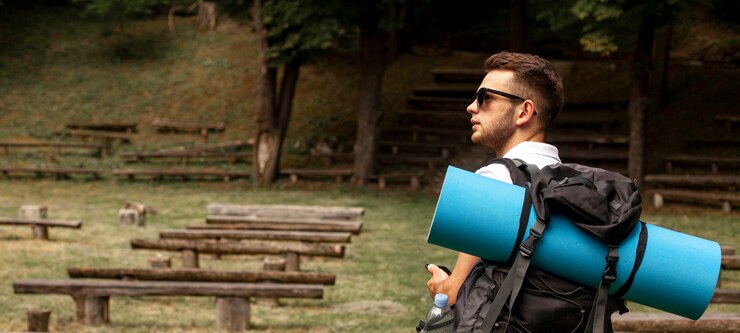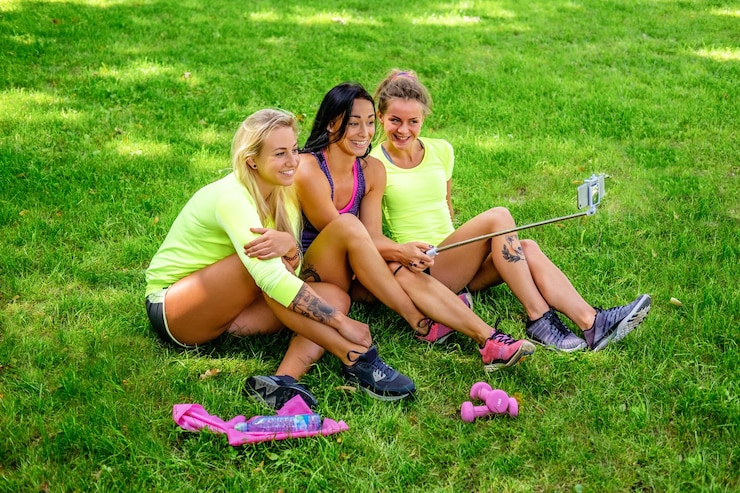
Camping offers a refreshing escape from the daily grind, inviting you to embrace a simpler, more peaceful lifestyle, even if just for a short while. Over the centuries, camping has evolved into various forms, each catering to different preferences and levels of experience. In this guide, we’ll explore ten popular camping styles that every camper should be familiar with.
Tent camping remains the most common and accessible form. You drive to a campsite, pitch your tent, and spend a few nights immersed in nature. The tent serves mainly for sleeping and storing gear, while your days are spent hiking and exploring. Some seasoned campers prefer remote wilderness spots over crowded campgrounds. Tent camping is ideal for beginners, budget-conscious travelers, couples, and families. Choosing the right tent depends on your group size and the weather. For summer trips, a tent with a screen room is great for letting in sunlight while keeping bugs out.
Backpacking differs from tent camping in that you carry all your gear as you hike. You set up camp wherever you stop for the night, often using a hammock or a lightweight tent. It’s a continuous journey rather than a return to a fixed site. Backpacking suits adventurous, self-reliant individuals in good physical condition, as it involves long hours of trekking with a heavy pack.
RV camping offers a more comfortable alternative for those who enjoy the outdoors but prefer not to sleep in a tent. RVs provide shelter from the elements and often include amenities like a stove, fridge, and bathroom. However, RVs are limited in where they can go, so exploring off-road areas requires parking and continuing on foot or bike.
Glamping, or glamorous camping, combines the luxury of a hotel with the beauty of nature. From treehouses in forests to eco-lodges by lakes and mountaintop teepees, glamping offers a unique and comfortable outdoor experience.
Survival camping is the most extreme form, where you venture into the wild with minimal gear and no food, relying solely on your survival skills. It’s a true test of endurance and knowledge, suitable only for highly experienced campers.
Primitive camping strips away the conveniences of developed campsites. You bring basic supplies but forgo luxuries. It emphasizes self-sufficiency, requiring you to cook, find water, and manage hygiene with limited resources.
Car camping is a budget-friendly option for those without gear. Using a hatchback or similar vehicle, you can create a cozy sleeping area with a pad and blankets. It’s not luxurious, but it’s simple and accessible.
Canoe camping is like backpacking, but you travel by water. Canoes allow you to carry more gear and access remote areas. However, it can be risky in bad weather, as water conditions can change rapidly.
Overlanding combines off-roading with camping. Using a 4×4 vehicle, you traverse remote terrain and camp along the way. These trips often span several days and cover long distances, offering a rugged and adventurous experience.
Winter camping is not for the faint-hearted. It demands thorough preparation, including specialized gear like winter tents, thermal clothing, and liquid-fueled stoves. You must also master survival skills to stay warm, find water, cook, and build fires. Despite the challenges, winter camping offers solitude and a unique connection with nature.
These ten camping styles each offer distinct experiences and challenges. Choose one that matches your comfort level and skills. Preparation is key—invest in essential tools like cooking gear, LED lights, navigation aids, and communication devices such as a mobile phone or emergency radio. The wilderness is unpredictable, but with the right knowledge and equipment, you can enjoy a safe and memorable adventure.






